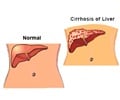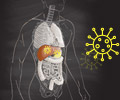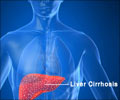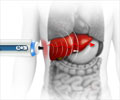Liver-related complications and hepatocellular carcinoma are lower in patients with non-alcoholic fatty liver disease than patients infected with hepatitis C virus, reveals study.
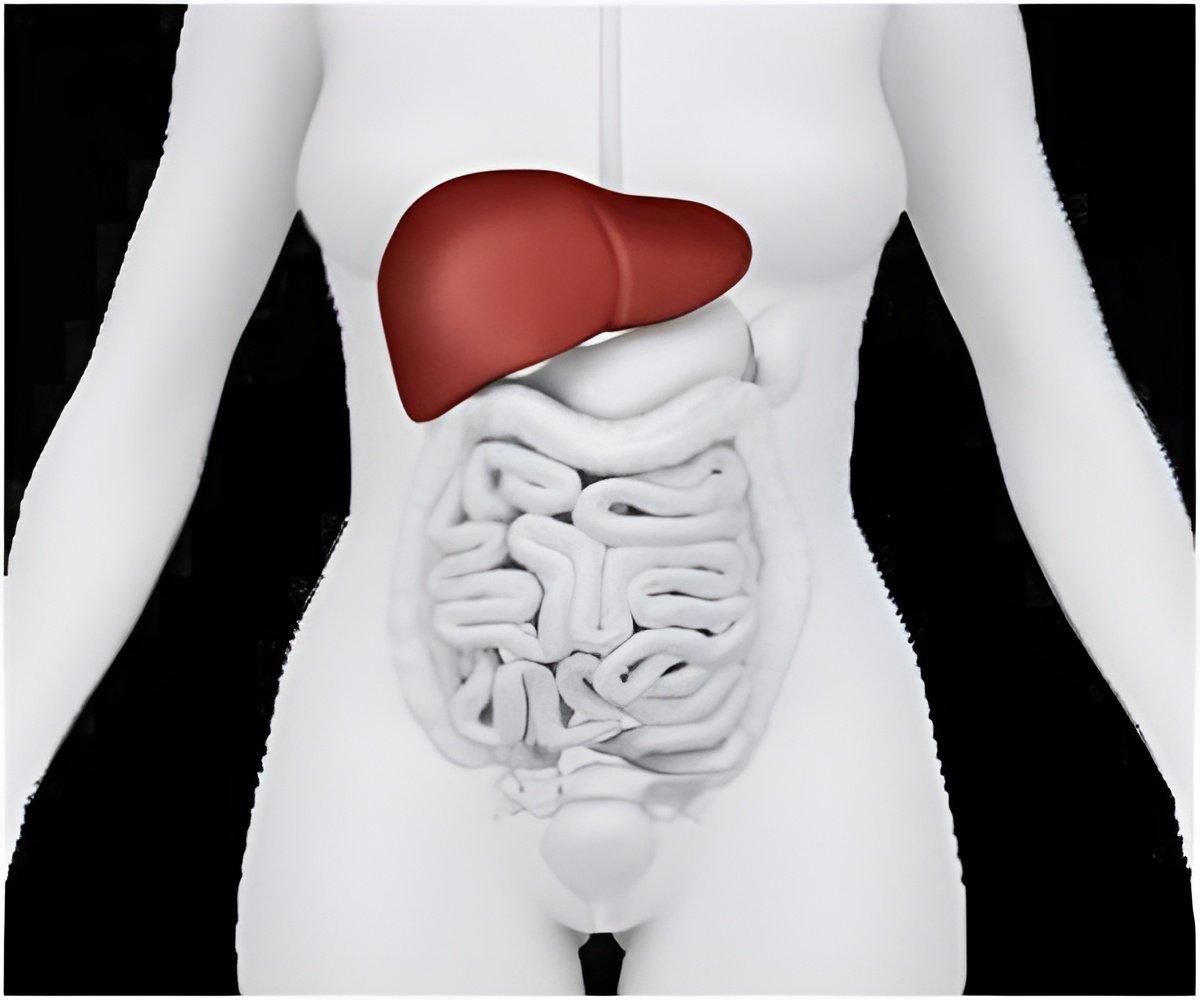
"Our study reports on the long-term morbidity and mortality of NAFLD patients with advanced fibrosis or cirrhosis by prospectively following up cases from four international collaborating hepatology centers," explains lead author Dr. Neeraj Bhala from the University of Oxford in the UK. "Understanding the long term prognosis of NAFLD patients compared with patients affected by other liver diseases such as chronic HCV was an important aspect of our study." Medical evidence suggests that while HCV is currently the leading indication for liver transplantation, affecting more than 5 million individuals in the U.S, HCV incidence has plateaued, while that for NAFLD is on the rise.
In the largest prospective study of participants with advanced fibrosis or cirrhosis to date, the team recruited 247 patients with NAFLD and 264 patients with HCV infection who were not previously treated or were unresponsive to therapy from centers in Australia, Italy, the UK and the USA. Patients in both groups were Child-Pugh class A and had advanced fibrosis (stage 3) or cirrhosis (stage 4) confirmed by liver biopsy at the onset of the study. Follow-up in the NAFLD and HCV groups was a mean of 86 and 75 months, respectively.
Of those patients in the NAFLD group, 19% had liver-related complications and 13% died (or received transplants). Liver-related complications and deaths (or transplants) in the HCV cohort were lower at 17% and 9%, respectively. However, after adjusting for age and gender, the incidence of liver-related complications, including liver cancer, was lower in the NAFLD group compared to the HCV cohort. Researchers found that cardiovascular complications and overall mortality were comparable between the groups, although moderate differences cannot be excluded, highlighting the need for even larger collaborative prospective studies.
In a related editorial published this month in Hepatology, Dr. Mary Rinella with Northwestern University Medical School in Chicago, Illinois said, "The study by Bhala and colleagues expands our knowledge of the natural history of NAFLD and NASH. While HCC was not surprisingly higher in untreated patients with HCV compared to NAFLD, this study highlights the potential of HCC development in non-cirrhotic patients with HCV and NASH. If patients with NAFLD or HCV are likely to develop HCC before the development of cirrhosis, this has tremendous implications for how and when liver cancer screening should begin in patients with liver disease."
Source-Eurekalert

